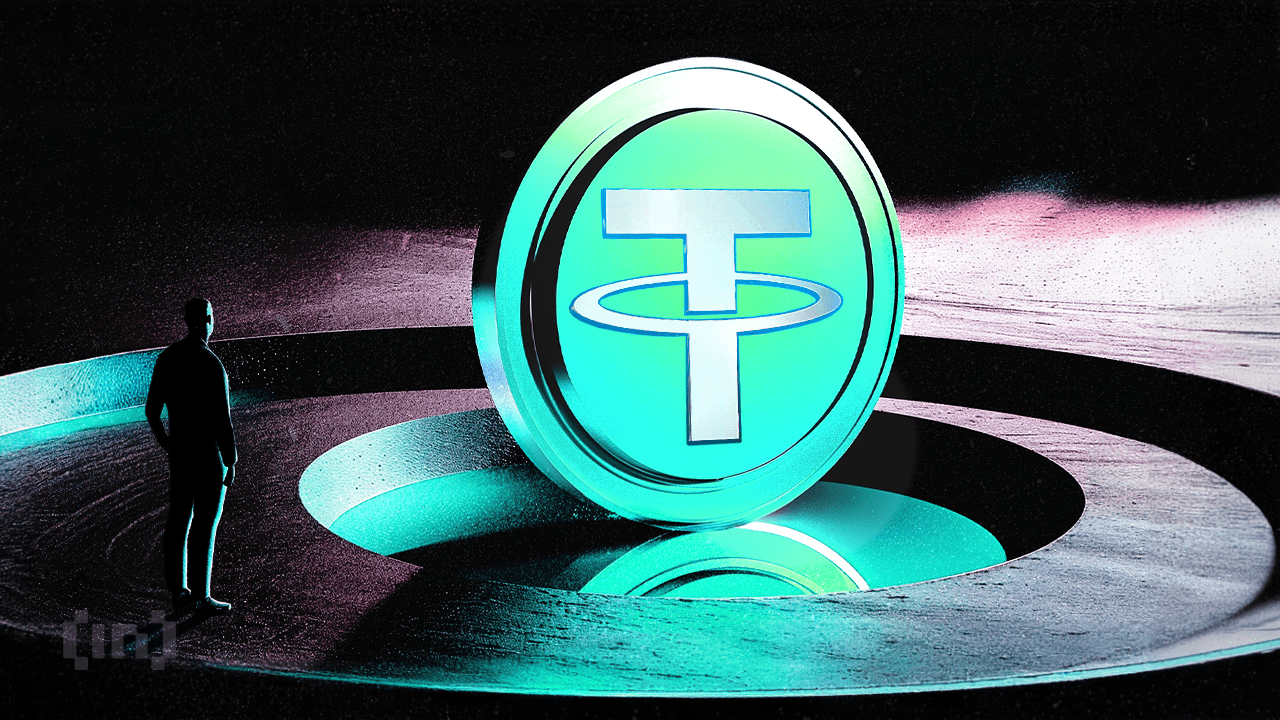SOL Strategies Inc. has filed a preliminary short form base shelf prospectus with Canadian securities regulators. This filing allows the company to raise up to $1 billion in future offerings. Consequently, post the announcement Solana price has recovered, climbing above $178. SOL Strategies Files $1 Billion Shelf Prospectus SOL Strategies Inc. which focuses on investing in the Solana blockchain ecosystem, has submitted a preliminary shelf prospectus to securities regulators throughout Canada. The filing allows the company to issue common shares, warrants, subscription receipts, units, debt securities or a combination thereof. Subject to final approval, these offerings could raise up to $1 billion in total capital. The company stated that this filing enhances its financial flexibility to seize growth opportunities in the Solana ecosystem. However, SOL Strategies currently has no immediate plans to issue securities under this prospectus. Any future offerings will be detailed in a prospectus supplement filed with the… Read More at Coingape.com
The post SOL Strategies Files $1 Billion Shelf Prospectus For Future Solana Investments appeared first on CoinGape.



 (@paoloardoino)
(@paoloardoino) 

